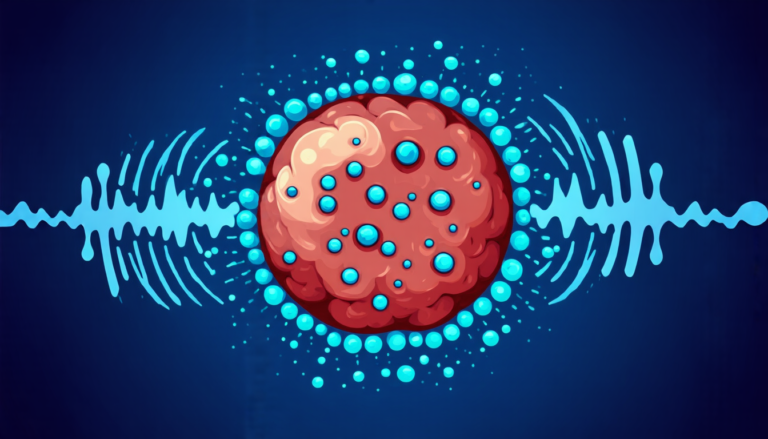Wednesday 16 April 2025
Scientists have made a significant breakthrough in understanding how complex networks of interconnected systems can be stabilized and controlled. By studying the dynamics of coupled systems, researchers have discovered that strategically designed interactions between individual components can lead to stable and synchronized behavior across the entire network.
The study focused on diffusively coupled systems, where each component is connected to its neighbors through a complex web of relationships. In these networks, stability is crucial for maintaining overall system performance and preventing chaotic behavior. However, achieving stability in such systems has proven challenging due to their intricate structure and non-linear interactions.
To tackle this problem, researchers employed Lyapunov methods, a mathematical tool used to analyze the stability of dynamical systems. By applying these techniques to diffusively coupled networks, scientists were able to identify specific coupling parameters that can stabilize the system.
The results show that by carefully designing the strength and structure of interactions between individual components, complex networks can be stabilized and synchronized. This breakthrough has significant implications for a wide range of fields, including power grids, communication systems, and biological networks.
One of the key findings is that certain types of coupling can induce synchronization among the components, leading to stable behavior across the entire network. In contrast, other coupling strategies can lead to chaotic or unstable behavior. By understanding these differences, scientists can now design more effective stabilization techniques for complex networks.
The study also highlights the importance of considering non-linear interactions between components. Traditional linear models often fail to capture the complexity and variability present in real-world systems. By incorporating non-linear dynamics into their analysis, researchers were able to develop a more comprehensive understanding of how complex networks function and respond to different stimuli.
The significance of this research lies in its potential applications across various fields. In power grids, for example, stable operation is critical for maintaining grid stability and preventing widespread outages. Similarly, in communication systems, synchronized behavior is essential for efficient data transmission. By developing effective stabilization techniques, scientists can improve the performance and reliability of these systems.
The study’s findings also have implications for biological networks, where synchronization plays a crucial role in regulating complex processes such as gene expression and protein signaling. Understanding how to stabilize and synchronize these networks could lead to new insights into disease mechanisms and potential therapeutic strategies.
In summary, this research has shed new light on the dynamics of complex networks and their stability. By developing more effective stabilization techniques, scientists can improve the performance and reliability of a wide range of systems, from power grids to biological networks.
Cite this article: “Coupling Chaos: Unraveling the Secrets of Stability in Complex Networks”, The Science Archive, 2025.
Complex Networks, Stabilization, Synchronization, Diffusively Coupled Systems, Lyapunov Methods, Nonlinear Interactions, Chaos Theory, System Dynamics, Power Grids, Biological Networks







